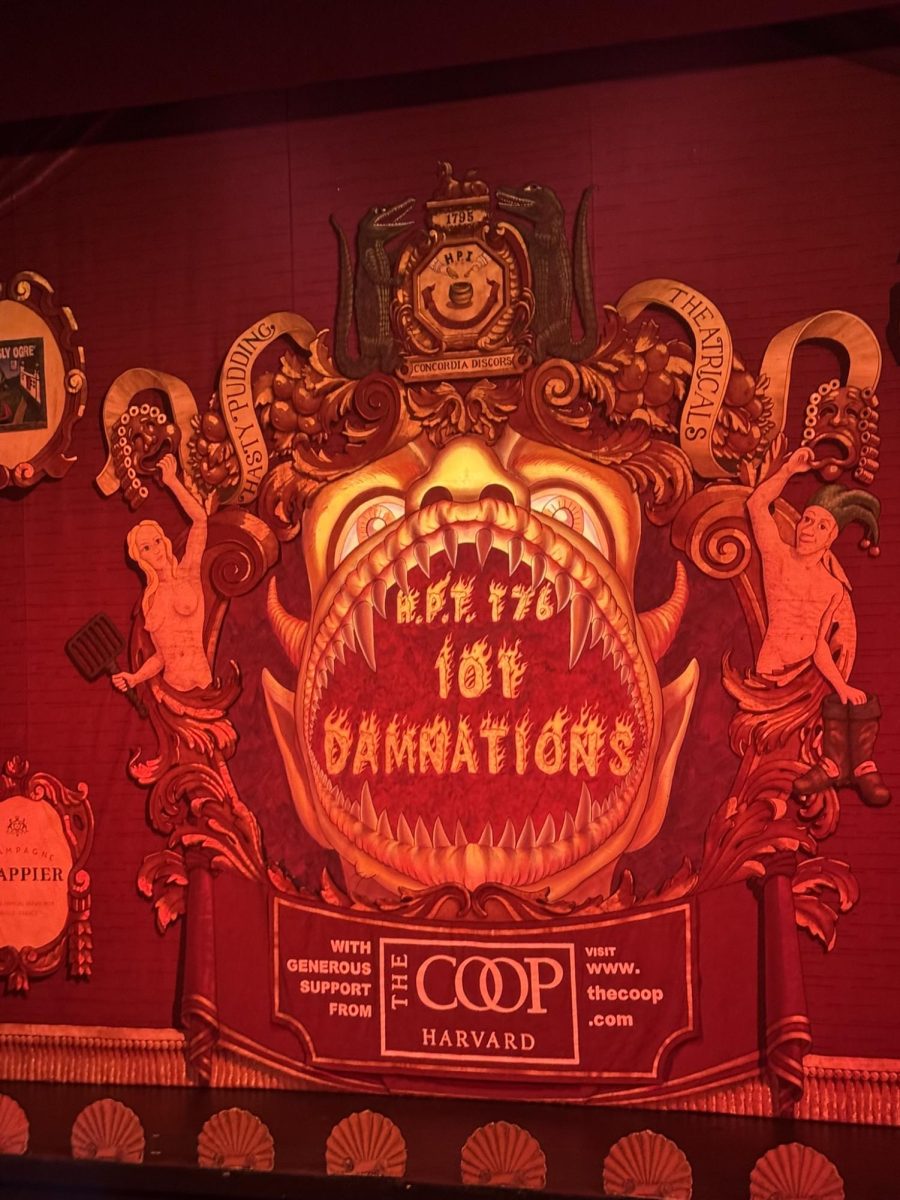On Feb. 5, Wellesley College hosted the esteemed St. Olaf Choir, an a cappella ensemble from Northfield, Minnesota, under the baton of Anton Armstrong as part of their 2025 Winter Tour of the East Coast. The event quickly sold out, and Houghton Chapel was packed with over 700 eager listeners, all ready to enjoy the four portions of the program for that evening.
The 75-person choir filed out onto the risers in their rich, purple velvet robes, which the audience would soon learn are a visual reflection of their polished and professional sound. The concert began with the first portion titled, “We Sing of Praise and Supplication.” I was immediately struck by the choir’s uniformity in their pronounced constants and dynamic range all while holding hands and swaying in rhythm. Each section contributed a unique sound: the basses had a round warmth, the tenors a sweet and bright sound, and the altos a rich, resonant depth. As an alto at heart, I typically listen for the inner harmonies, but I was stunned by the sopranos’ ability to land on their high notes with ease and remarkable intonation, never overbearingly or shrilly, but with a supreme blend and dolce resonance. The alto section balanced out the sopranos well, adding warmth to their vibrancy, while the tenors and basses grounded the sound with tenor harmonies and bass pedal notes. The choir tackled suspensions and dissonance effortlessly, proof of their hard work and scrupulous rehearsing.
The second segment, “We Sing of Birth, Peace, and Grace,” included “The Lord is the Everlasting God,” by Kenneth Jennings, which the choir executed perfectly and with great intonation, even despite the crunchy chords and tritones. They followed that with what became my favorite piece of the night, “This House of Peace,” by Ralph M. Johnson. This piece featured oboe soloist Lily Mitzel ’24, who exhibited a clear and beautiful tone with impressive pitch accuracy on such a demanding instrument. The soprano and tenor soloists told the story of the piece brilliantly and commanded the attention of the audience with the soprano’s graceful high register, and the tenor’s rich vibrato. This piece would not be what it was without the contribution of the orchestra, specifically the crisp pizzicato by the violas, cello and bass. The ensemble ended the first half of the program with F. Melius Christiansen’s energetic and hopeful arrangement of “O Day Full of Grace.”
In the second half of the concert, “We Sing of Consolation and Hope” began as brightly as the first half ended, with cheerful choreography and percussion in “Isondo Liyajika” by Sabelo Mthembu. I was astonished by violist Charles Gray in “Before I Go My Way,” during which his precision and passion brought the entire chapel to a stillness, filled with only the steady vibrato of the viola and the gentle entrances from the choir which never overpowered the soloist’s voice. Following this, “Prayer of St. Francis of Assisi” reintroduced Lily Mitzel for a duet solo with Phoebe Joy ’24, accompanied by Leif Olsen ’27, who supported both the soloists and choir beautifully. The third segment ended with “For the Sake of our Children,” accompanied by Julian Colville ’25 and student percussionists, during which the tenor section shone with their poignant, strong singing.
The concert’s final song, “We Sing of Joy, Compassion, and Unity,” was an uplifting conclusion to the night. Armstrong claimed he wants St. Olaf’s music to “transform those who perform and those who will hear the message.” Consisting of a lively spiritual with vivacious choreography, and a piece with a touching message on fading memories, this segment fully achieved Armstrong’s expressed intention: a message of hope and light in dark times.
Contact the editors responsible for this article: Norah Catlin and Ivy Buck






